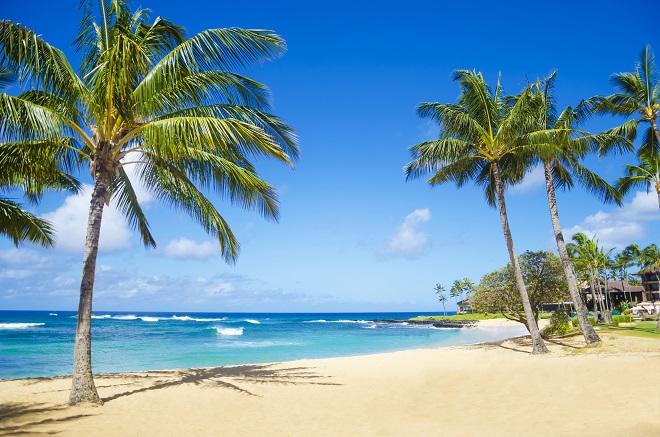In our continuing series on distilled spirits, we offer a write-up on the veritable namesake of Scottish heritage – scotch whisky. Ranging from the societal cigar-and-sipping whisky to the flavorful and full-bodied highland appellations, scotch whisky has a long and distinguished history that we’ll bring to light for you here.
Scotch History
The earliest spirit distillation can be traced to approximately 1494 with the precursor of scotch whisky called Uisge Beatha, which means “water of life”. In the 1600s, the first tax on whisky lead to the rise of illegal whisky production. These illegal producers would distill whisky by moonlight, which led to them being referred to as moonshiners. A second tax called the English Malt Tax of 1725 made scotch whisky production illegal. At the time of the Malt Tax nearly half of Scotland’s whisky production was illegal.
By the early 1800s Parliament started to ease restrictions on licensed distilleries with the Excise Act in 1823. The act also made it more difficult for illicit producers. In 1831, the Coffey Still, more commonly called the column still, helped to revolutionize whisky, and liquor, production. Column distillation produced a whisky that was less intense and smoother, which helped to elevate scotch whisky popularity. In 1865 the phylloxera outbreak in Europe, which devastated wine and cognac production, further increased scotch whisky popularity.
Laws and Regulations
Scotland has fairly strict regulations on the production of scotch whisky. The whisky must be produced at a distillery in Scotland from water and malted barley. It must be matured in an excise warehouse in Scotland in oak casks no larger than 700 liters for a minimum of 3 years. It has the retain the color, aroma and taste of the raw materials. Scotch whisky producers are allowed to caramel coloring to the whiskies but cannot add in any other substances. The final whisky cannot be lower than 80 proof (40% abv). The labeled age statement is a guarantee of the youngest whisky used.
Some Definitions
Single Malt
A single malt scotch whisky is a whisky produced from only water and malted barley from a single distillery and it must be distilled in pot stills.
Single Grain
A single grain scotch whisky must be distilled at a single distillery but can contain other malted or unmalted cereal grains. The term single in single grain refers to the fact that production occurs at a single distillery.
Blended Malt
A blended malt scotch whisky, sometimes called a vatted whisky or a pure malt whisky, is a blend of 2 or more malt whisky’s. They can be from multiple distilleries and can come from multiple regions within Scotland.
Blended Grain
A blended grain scotch whisky is a blend of 2 or more grain whisky’s. Can be from multiple distilleries and regions.
Blended Scotch
A blended scotch whisky is a blend of 1 or more single malt whisky’s with 1 or more grain whisky’s. Your blended scotches are geared towards more beginners levels with many being designed for mixing and cocktails.
Regions
- Lowlands
- A medium sized region located in the southern end of Scotland. More associated with grain whisky production and blended whisky rather than malt whisky. Lowlands scotches are typically lighter and less intense with a bit more sweetness. Generally these whisky’s are unpeated.
- Highlands
- The Highlands is the largest region by landmass and whisky production. Your Highland scotches are usually richer, smokier whisky’s without the heavy peat reek. The Islands, which is an unrecognized sub-region of the Highlands, encompasses all the islands, excluding Islay, off the coast of the Highlands. Your Island scotches tend to have a more maritime, brine/sea salt characteristic. They will also have varying levels of peat reek.
- Islay
- A small region located of f the southwestern coast of the Highlands. Islay whisky are notorious for their peat reek. Islay whiskys are known for being some of the intense whiskys with heavy smoke and an astringent, iodine aroma and flavor. They taste how a barbeque smells with a very “medically” smell to them.
- Speyside
- A very small region within the Highlands, named for the River Spey. Speyside whiskys will range in styles from being delicate and grassy to richer and sweeter. Speyside whiskys are a good place to start for new scotch drinkers, as they are normally unpeated and tend to be more approachable overall.
- Cambletown
- More of a historical region than having any real distinctive style. At one point had about 30 active distilleries making it the largest whisky producer but production in the region collapsed in the early 1900s. There are now only 3 active distilleries in the region. The region ranges from unpeated, lightly peated to heavily peated.
- Independent Bottlers
- Independent bottlers are do not distill their own whisky but will instead purchase casks from distilleries for blending or private labeling. Many distilleries will sell a sizeable portion of their whisky by the cask for blending or private buyers. The buyers may use the whisky to blend their own bottlings or may age and resell the single malt as an independent bottling.
- The single malts are usually single cask and will have the distilleries name on the label but will not feature any trademarked logos or typeface.
- The independent bottlings may be very different from the official bottling from the distillery proper.
Independent Bottlers
- Duncan Taylor
- Berry Bros and Rudd
- Gordan & McPhail
- Cadenhead’s
- Montgomeries
Recognizable Brands by Region
- Lowlands
- Auchentoshan
- Glenkinchie
- Highlands
- Macallan
- Dalmore
- Aberfeldy
- Glenmorangie
- The Islands
- Talisker
- Arran
- Jura
- Tobermory
- Highland Park
- Islay
- Laphroaig
- Ardbeg
- Bowmore
- Bruichladdich
- Lagavulin
- Speyside
- Glenlivet
- Glenfiddich
- Aberlour
- Balvenie
- Dalwhinnie
- Linkwood
- Recognizable Blended Whiskies
- Blended Malt
- Monkey Shoulder
- Compass Box
- Blended Scotch
- Johnnie Walker
- Dewar’s
- J&B
- Cutty Sark
- Grain Whiskies
- Invergordon
- North British
- Cocktails
- Rusty Nail
- Rob Roy
- Scotch Sour
- Scotch Rickey
- Blended Malt
We hope that you find this information useful and can use it in your purchases! Check out our Whiskey 101 and Bourbon Whiskey blogs for more information or a good source here. Looking for some accessories? Check out our links from our Amazon affiliate below. Have a favorite blend you’d like to see here? Leave a comment, we’d love to hear from you! Best of luck ~ Glen.
The 55 Lifestyle is a participant in the Amazon Services LLC Associates Program, an affiliate advertising program designed to provide a means for sites to earn advertising fees by advertising and linking to Amazon.com.








